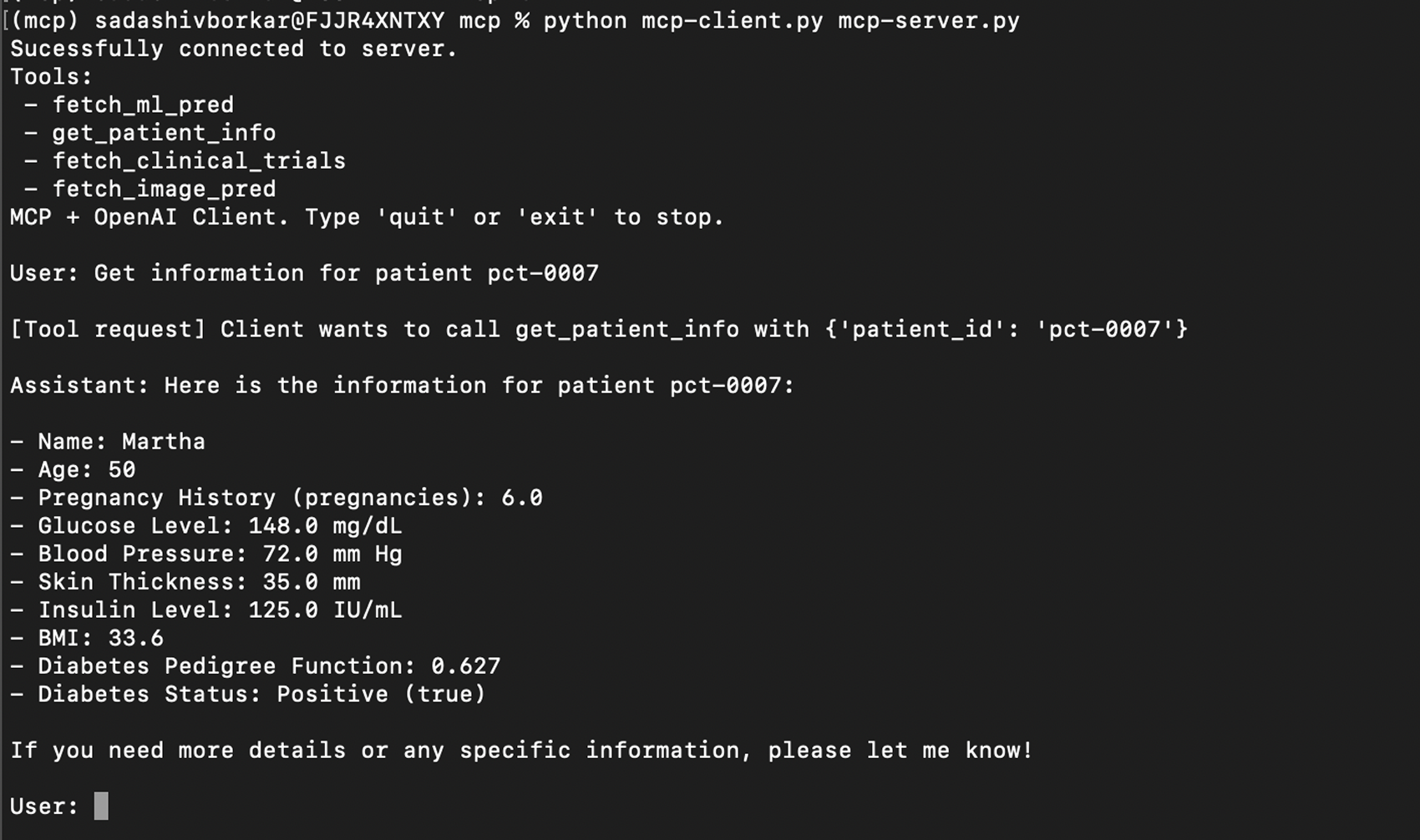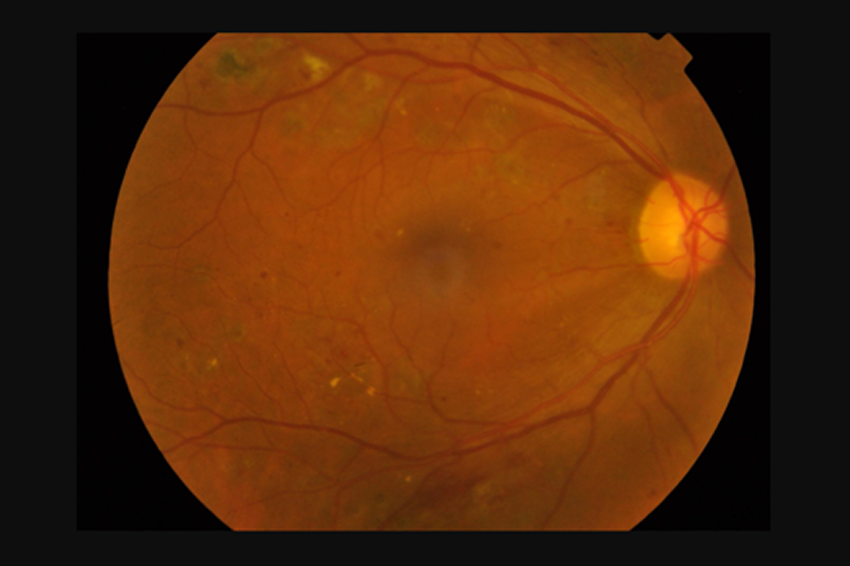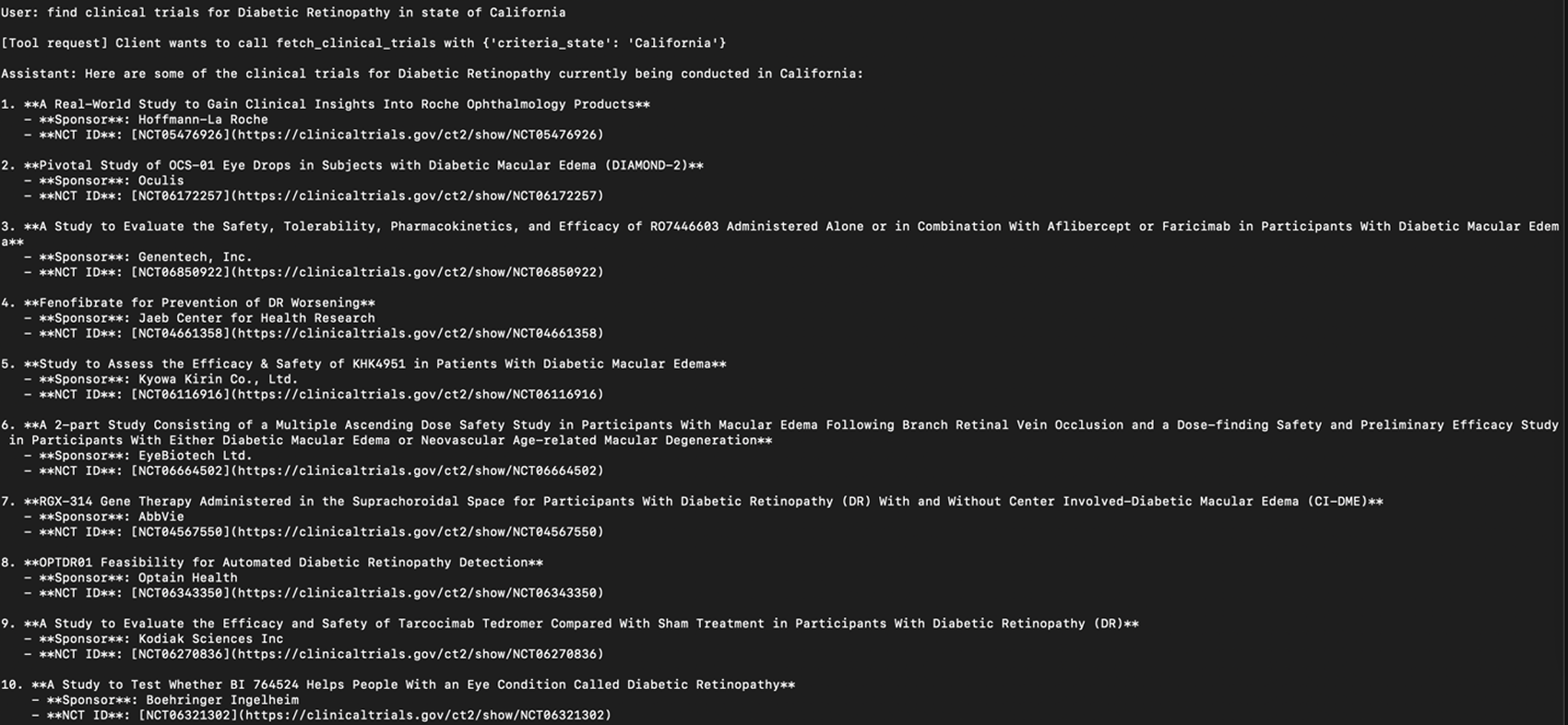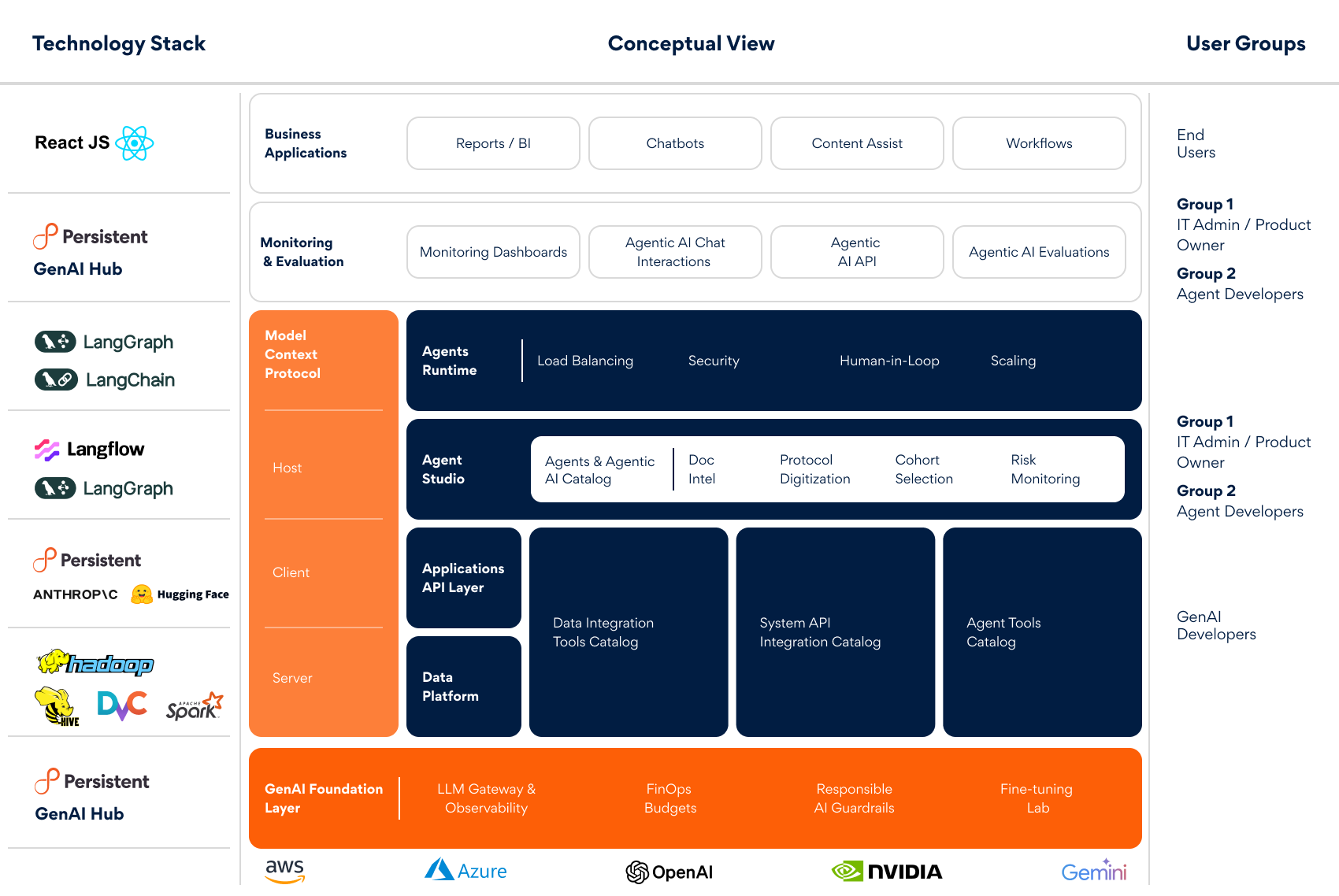Imagine a universal remote control, but for AI. One interface that seamlessly connects AI systems to any database, API, or specialized tool they need, instantly empowering them to be smarter, faster, and more autonomous. That’s exactly what the Model Context Protocol (MCP) brings to the table. As AI applications grow increasingly complex, MCP emerges as the essential standard, simplifying the integration puzzle and unlocking new possibilities in agentic AI.
MCP is an open standard designed to connect AI models with the data and tools they need in a uniform way. It’s like a universal adapter that lets AI assistants plug into various systems. So, instead of building a custom connector for every database, API, or file system, you have one universal interface that plugs your AI into any data source. This matters more for building Agentic AI systems as it builds a common protocol to fetch and act on information across diverse platforms seamlessly.
MCP Architecture in Review
At its core, MCP follows a client–server architecture that cleanly separates an AI system into different roles. This design makes the system modular, scalable and secure. The key components in an MCP setup are Host, Client and Server. Let’s break down these components with simple analogies, then see how they all interact to enable seamless tool usage in real-world AI systems.

Source: https://modelcontextprotocol.io/introduction
Host: The AI application or agent that coordinates all operations and serves as the user interface, the host manages the AI model and connects to various tools, acting as the orchestrator. For instance, a ChatGPT-based app can serve as an MCP host by initiating connections to fulfill user requests.
Client: A component within the host that maintains a one-to-one connection with an MCP server, the client acts as an adapter, translating requests and responses between the host and a specific server. Each client manages a single server, allowing secure, isolated communication. Multiple clients can run in parallel if the AI needs to use multiple tools.
Server: This component is a lightweight program that exposes tools or data via the MCP standard, acting as a wrapper around a resource and responding to client requests with actions or information. Servers function like smart plugins with a standard interface, regardless of their underlying function, and they advertise their available capabilities to the host and model.
How does it work?

Source – https://modelcontextprotocol.io/docs/concepts/architecture
- When a user asks a question, the AI model decides if it needs external help and, if so, sends a request via an MCP client to the relevant server.
- The server processes the request (e.g., querying data or performing a task) and returns the result through the client.
- The host passes this result to the model, which uses it in its reasoning— potentially repeating this across multiple steps for complex queries.
All interactions occur through the standardized MCP protocol, allowing the model to communicate seamlessly with different tools while maintaining context across sources. Much like USB-C enables plug-and-play with various devices, MCP allows AI agents to work with any tool or data source via an MCP server, supporting modular, scalable, and autonomous tool usage. MCP serves as a standardized framework that enables businesses to interact seamlessly with external data sources and tools, enhancing their contextual understanding and decision-making capabilities. Let’s walk through a real-world example: Diabetes Retinopathy.
Implementation Example: Diabetes Retinopathy
Let’s illustrate MCP with an example of an AI health assistant assessing a patient’s diabetes-related eye health and suggesting clinical trials. Imagine we have an AI-powered health assistant that can assess a patient’s diabetes-related eye health and suggest relevant clinical trials.
This complex task involves multiple steps and data sources, as no single AI model can provide all the necessary information. With MCP, the AI agent can autonomously coordinate various specialized tools to complete the task effectively.
Let’s say we have the following MCP servers (tools) integrated into our system:
Patient DB Tool: Provides patient information from medical records database. Given a patient name or ID, it can retrieve details like age, lab results, and other details.

Diabetes Risk Classifier Tool: Estimates a patient’s risk for diabetes or based on their health parameters. This is a binary classification machine learning model, exposed via an MCP server.

Retina Image Analyzer Tool: Examines retinal images for signs of diabetic retinopathy. It takes an image (from the patient’s last eye exam) and returns an assessment of eye health, such as detecting damage that could lead to blindness. This is a Pytorch-based image analysis model trained on diabetic retinopathy images and hosted on Hugging Face.


Clinical Trial Finder Tool: Searches a database of clinical trials to find trials relevant to the patient’s profile and location.

Streamlining AI Integrations
Incorporating MCP streamlines AI integration by eliminating the need for hardcoded logic to interface with individual tools. Instead, models can interact with any MCP-compliant service through a consistent, standardized pattern. Tool descriptions are embedded in the model’s configuration, enabling it to intelligently select use tools as needed.
We envision MCP playing a foundational role in the architecture of Agentic AI and GenAI Hub, as seen below.

Looking ahead, MCP opens up limitless possibilities. For example, integrating MCP with specialized life sciences domain clouds like Veeva could provide access to extensive patient data repositories. This would enhance analysis and decision-making, improving patient care, treatment recommendations, and clinical research outcomes.
MCP also strengthens ontology-based data management by providing a standardized framework to integrate diverse biomedical data sources. As referenced this article in Journal of Biomedical Semantics, this approach leverages ontologies to define relationships between data points, enabling advanced semantic queries that reveal deeper insights. Moreover, MCP improves interoperability across systems by ensuring consistent data representation, minimizing the need for custom integrations.
MCP empowers the development of more context-aware and efficient AI-driven applications across industries. In the insurance sector, MCP plays a pivotal role in automating claims processing by enabling AI systems to securely connect to diverse document repositories and data sources. This facilitates streamlined assessment of claims, reduces manual effort, and accelerates decision-making. In banking, particularly in credit risk assessment, MCP allows AI models to access and analyze critical financial data such as credit reports, income statements, and market indicators. This integrated approach leads to more accurate, fair, and explainable lending decisions.
MCP empowers Agentic AI by providing a unified, reliable way to access tools and context. It elevates agentic AI model architecture from a static responder into a dynamic, context aware problem solver capable of real-world interaction and impact within life sciences.
Author’s Profile
Sadashiv Borkar
Senior Data Scientist, CTO AI Research
Dattaraj Rao
Chief Data Scientist, AI Research Lab








